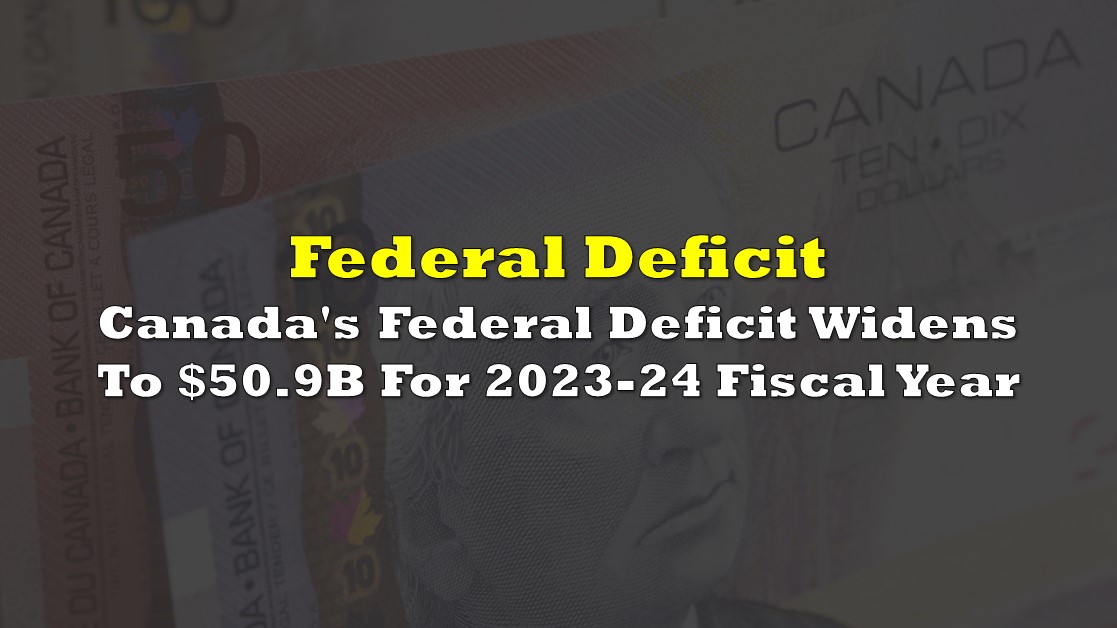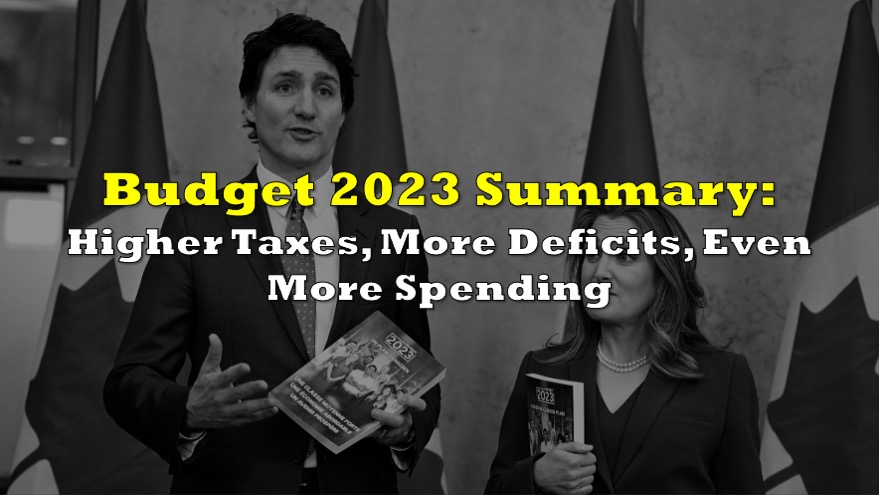The Canadian federal government posted a larger-than-expected deficit of $50.9 billion for the 2023-24 fiscal year, overshooting the $40.1 billion projection made in last year’s fall economic update. This marks a $9.6 billion increase from the previous fiscal year’s deficit of $41.3 billion.
Key factors contributing to the deficit include a 3.2% or $13.7 billion increase in revenues, driven by higher personal income tax, GST, and other non-tax revenues. However, this was offset by lower corporate income tax revenues.
Program expenses rose by 3.1% or $13.3 billion due to increases across most major spending categories, partially offset by lower direct program expenses. Public debt charges surged by 35% or $12.3 billion, largely attributed to higher interest rates, despite lower Consumer Price Index adjustments on Real Return Bonds.
Net actuarial losses declined by 22.9% or $2.2 billion, mainly reflecting amortization of gains from actuarial valuations prepared for the Public Accounts of Canada 2023.
The larger-than-anticipated deficit underscores the challenges faced by the federal government in managing its fiscal position amidst economic uncertainties and rising borrowing costs. While revenues increased, higher expenses and debt servicing costs weighed on the bottom line. As the government navigates the economic landscape, fiscal prudence and strategic spending will be crucial in achieving its long-term debt reduction targets.
Information for this briefing was found via the Government of Canada and the sources mentioned. The author has no securities or affiliations related to the organizations discussed. Not a recommendation to buy or sell. Always do additional research and consult a professional before purchasing a security. The author holds no licenses.











